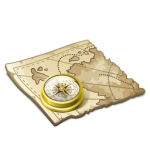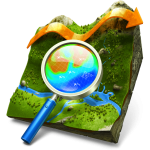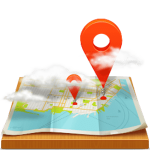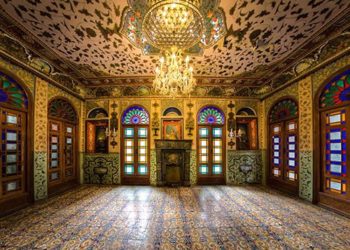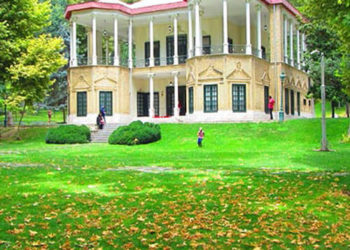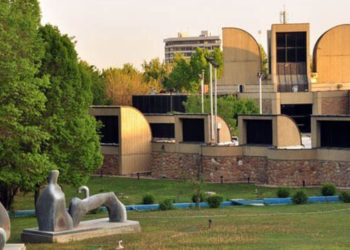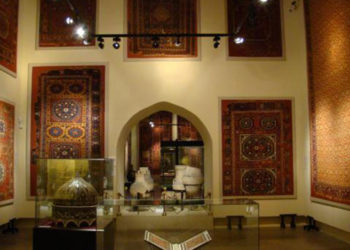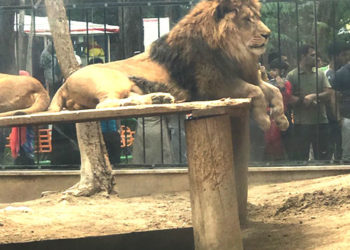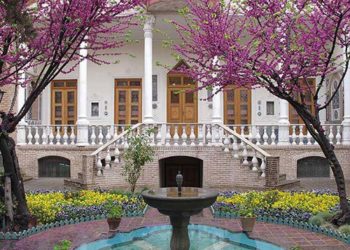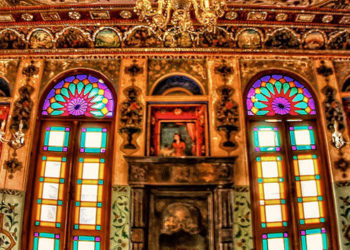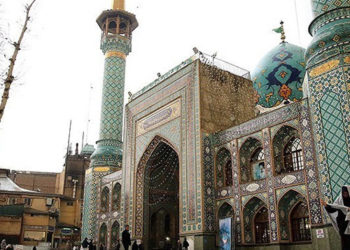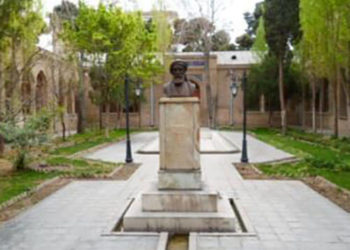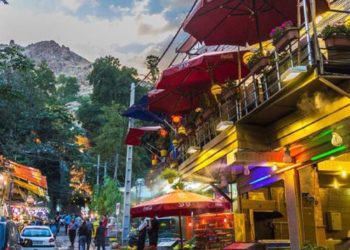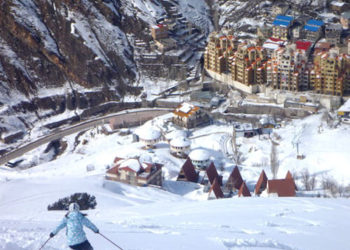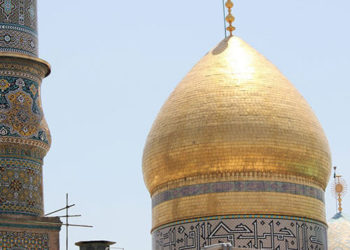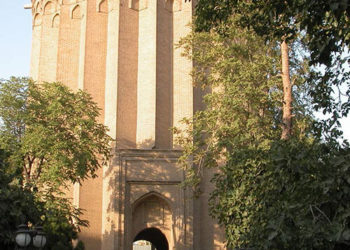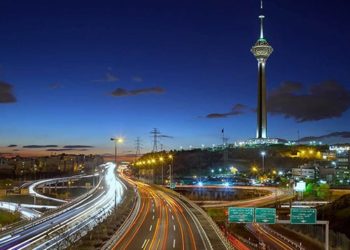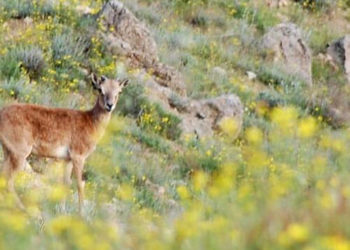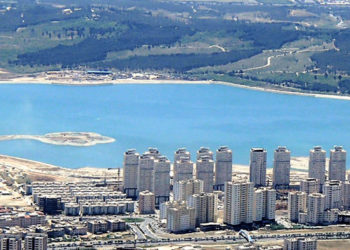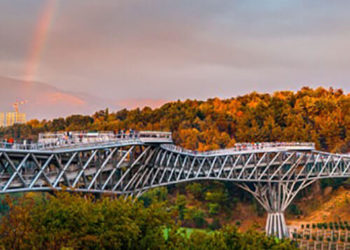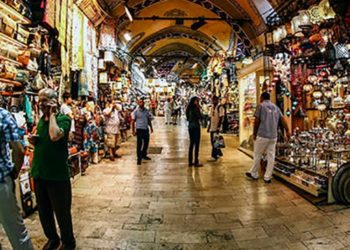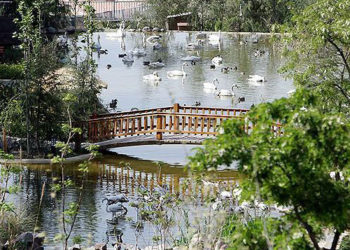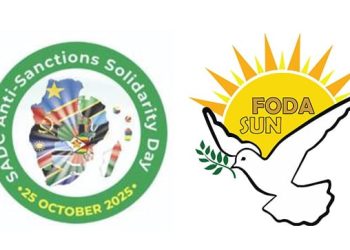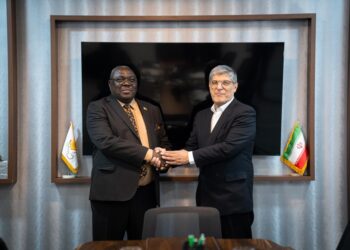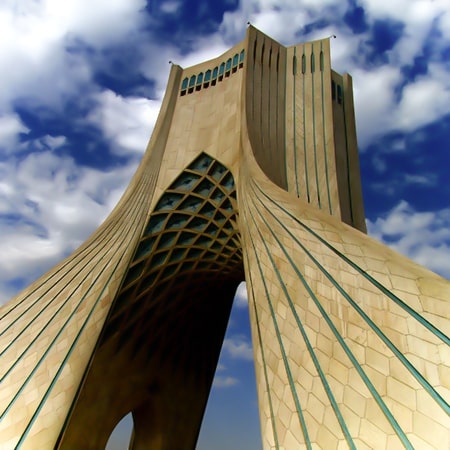
Tehran

Tehran is the capital city of Iran. A metropolis; busy but lovely. A lively city with population of more than 14 million people. With a moderate weather, the city is located on the foothills of Alborz. So, if on your journey through Tehran you encounter neighborhoods with many slopes, don’t be surprised because you are at the foothills of this sky-high mountain. Tehran with its many restaurants, historical museums, palaces with rich culture, energetic parks and hospitable people is worthy to be the host of your journey for a number of days. Tehran is in many ways the center of politics, business and culture in Iran and the heart of both its industry and transportation. The city expands from east to west which is more notable, it is also expanding towards south. The growth towards the northern parts is limited because of the presence of Alborz. This city shows all of the four seasons. Spring, short autumns, cold winters, hot and dry summers are all divided. In Tehran people work an average of 8 to 10 hours and spend their weekends with their families at home or go to the nature, cinema, theater or shopping.
History

The background of Tehran is back in 1788 when Agha Mohammad Khan Qajar chose it as a capital. Then during the reign of Reza Shah Pahlavi, it expanded and attracted more and more people in many provinces around it. Since the 1960s, it has attracted many immigrants from all over Iran. The main inhabitants of Tehran were Persian groups, now people live in different cities. Tehran was once one of Ray’s villages, Rey is the mother of Tehran. The background of residence in Ray is back to 5000 BC. In January 2014, the skeleton of a human being was discovered in the Mowlavi area of Tehran which had about 7,000 years old. The seven-thousand-year-old skeleton of a woman who was discovered and digested by a computer in a sewage drilling in the Mowlavi neighborhood of Tehran has changed speculation about Tehran’s history.
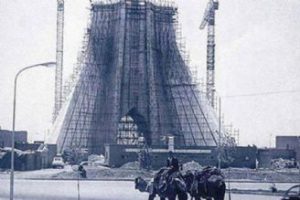
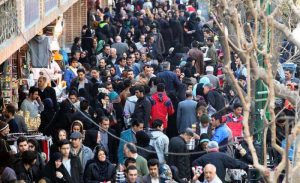
Rey located at the intersection of the Qazvin, Khorasan, Mazandaran, Qom, Gilan and Saveh axis. was considered by the political, commercial, administrative and religious center of the past. During the reign of Agha Mohammad Khan Qajar, Tehran was named as the capital on Sunday 11th of Jamadiosani, 1164. In the 1920s and 1930s, the city essentially needed expansion and change. These changes began at the time of Reza Shah Pahlavi. During his period, some of the old buildings were demolished with a certain style, and modern buildings with pre-Islamic Iranian styles, including the National Bank, the buildings of security, telegraph and telephone and military faculty, were built in their own places.
Tehran’s market was divided into two parts in line with this policy, and many historical buildings were destroyed in order to create inter-city routes in the capital. Many examples of Iranian gardens were also included in this project due to the modernization and establishment of a network of roads in the city. Tehran was first captured by Qajar, the capital of Iran. During the Second World War, British and Soviet military forces entered Tehran. In 1943, Tehran was the place for the Tehran conference. In 1960s and during Mohammad Reza Shah Pahlavi’s era, Tehran quickly developed and many plans were executed. New buildings and streets began to expand. During the Iran-Iraq war, Tehran was repeatedly attacked by missiles and many civilians were killed and wounded as a result of these attacks. After each air strike, people repaired the destroyed positions.

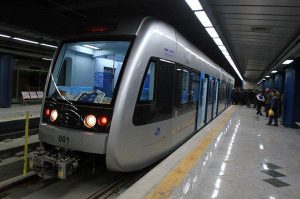
After the Iran-Iraq war, the growth of Tehran’s civilization was restored. In that time, the mayor of Tehran, took several activities in urban civil engineering. The subway of Tehran during this period was extensive excavation and projects such as Navab Safavi Highway were completed in this period. the Tohid tunnel, the Javadie Bridge and the Milad Tower were built after revolution of Islamic republic of Iran. Tehran in the divisions of the old country and before it became the capital of Iran, was a part of the historical city of Ray, so the dialect of the people of this city is also from the branches of the dialect of Raji or Razi, the same language as the Pahlavi branch, and in the north, northwest, and the west and the south of Iran, this was popular. In Tehran, people are talking in Persian language. Most people in this city have a Persian language with a Tehrani dialect. The existence of followers of various divine religions, including Christians, Jews and Zoroastrians, who live and practice peacefully along with the majority of Muslims in the city, is an indication of the formation of a modern and dynamic society.
Geographies

In the southern part of the Alborz mountain range in 112 km south of the Caspian Sea. It has dense highway networks, and seven active subways which in the spring of 2011 have displaced 129 million passengers. Other groups living in Tehran include Kurdish, Azerbaijani, Gilak, Mazandaran, Armenian, Arabic, Lor. Tehran from the north has access to the mountainous regions, and from the south to the desert areas, resulting in different weather conditions in the south and north. The northern weather is cold and dry, and the southern regions have warm and dry climate.
Location of the city
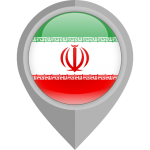
Tehran is the largest city and capital of Iran; the capital of Tehran province is the city of Tehran. The population of Tehran according to the census year (1395) is 8, 693, 706 and the area is 730 square kilometers, the 25th largest city and the 27th largest city in the world.
Population
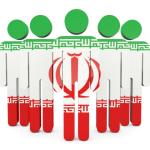
The climate of the city of Tehran is influenced by mountains in the north and the plain in the south. Apart from the northern parts of Tehran, which are moderately humid, the weather in other parts of the city is more or less warm and dry, and in winter it is a little cold. The main source of rainfall in the city is the Mediterranean and the wet Mediterranean winds. The Alborz Mountain Range, as a barrier to the influence of many air masses, has caused Tehran’s weather to be dry on one side and semi calm on the other.
Weather
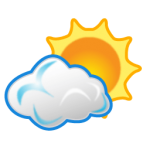
Places
Tehran is one of the most important tourist centers in Iran, and it has a number of famous tourist attractions. It was announced in 1396 that one million and 200 thousand foreign tourists visited Tehran each year. The instability of the Middle East, foreign policy of the Islamic Republic of Iran and internal restrictions of Iran have reduced the number of tourists. Also, the campaigns and the negative promotions of some governments against Iran have reduced the number of foreign tourists in Iran and Tehran. Azadi Square and Tower, Milad Tower, Nature Bridge and Chitgar Lake are among the most important tourist attractions in the city of Tehran.

Gallery


